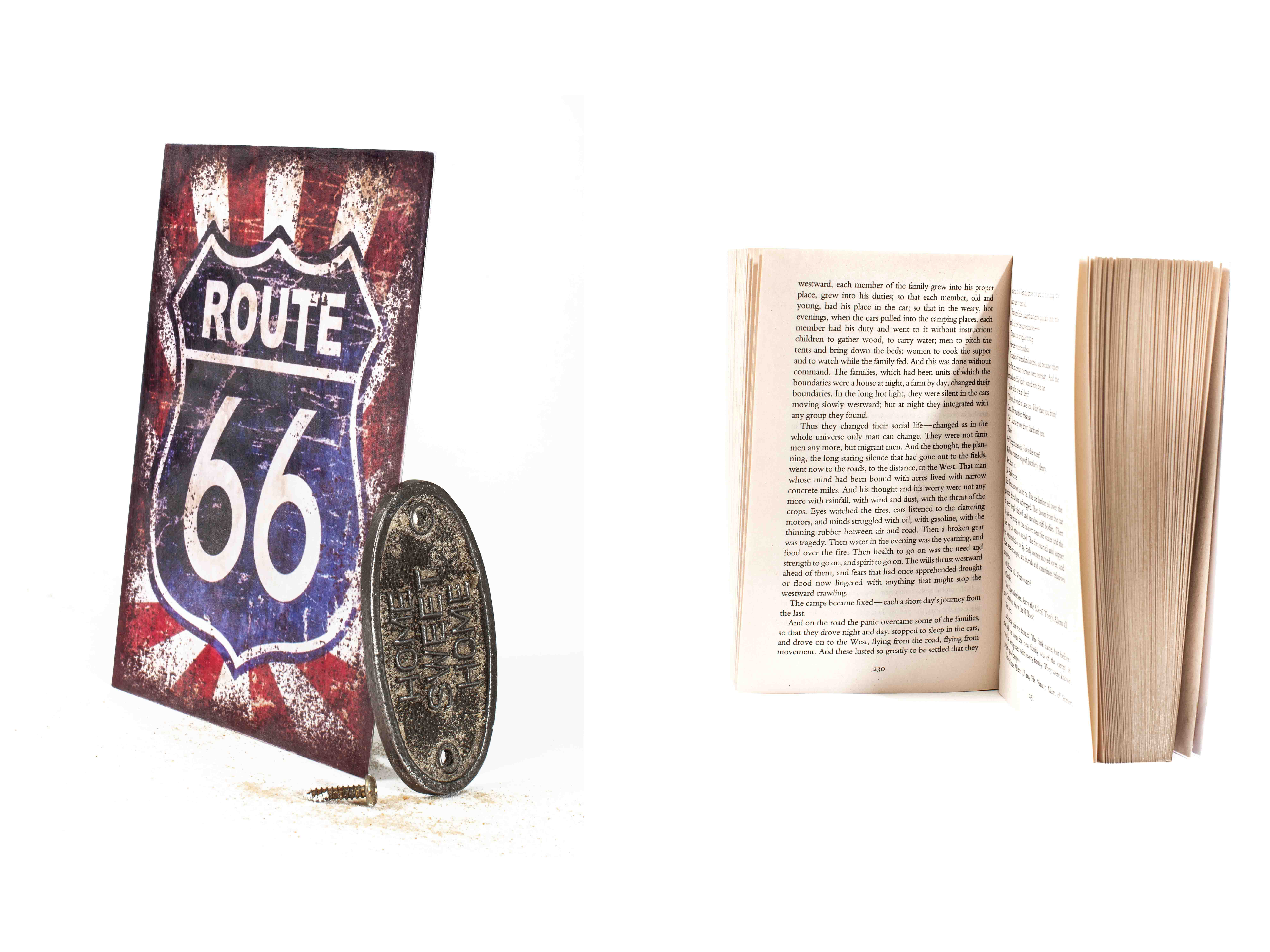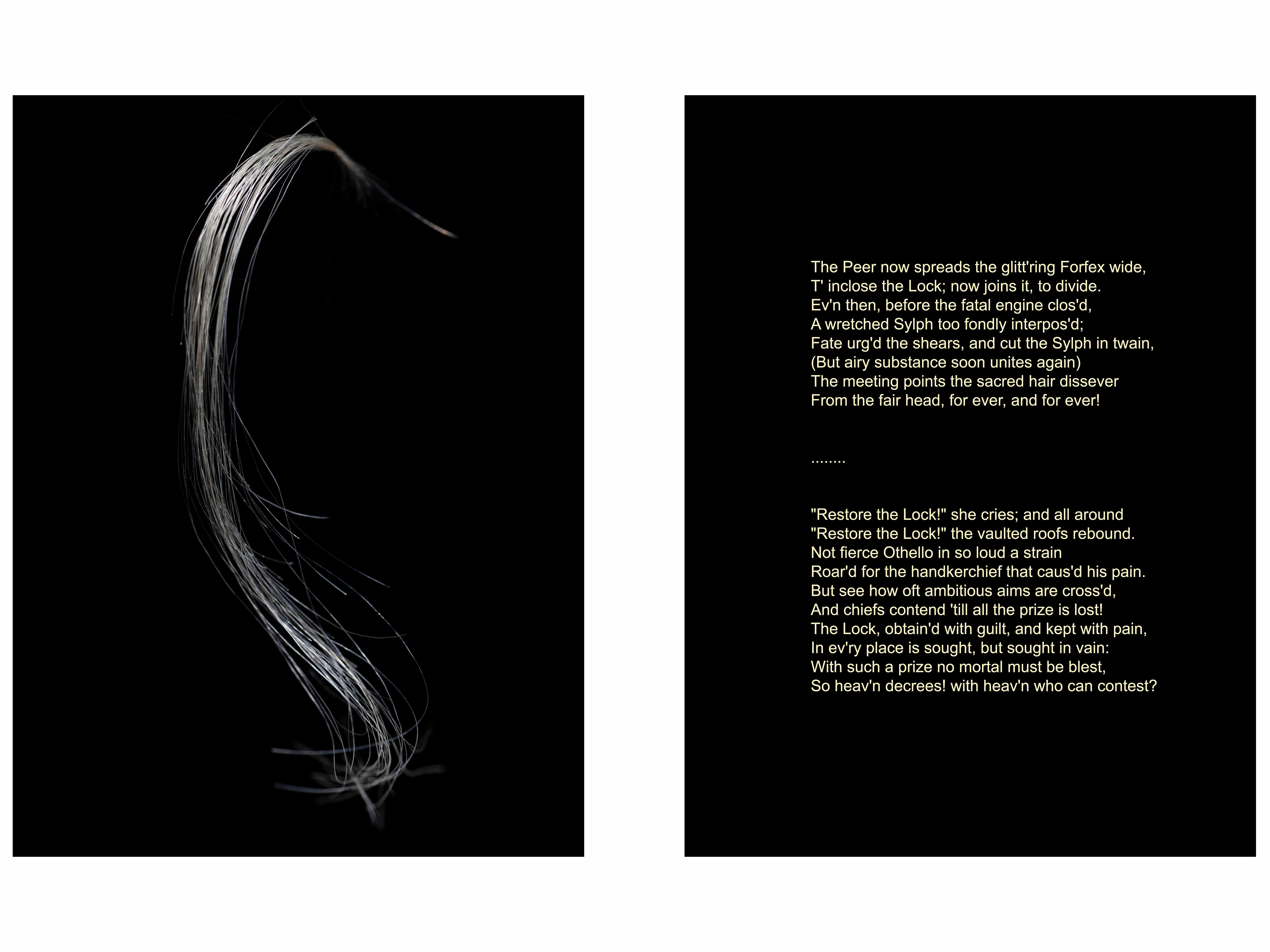Satan, disguised as a serpent, tempted Eve into eating an apple. That’s according to the poet John Milton, in Paradise Lost, his re-telling of the Genesis story of Adam and Eve,
The tale has come to symbolise temptation, disobedience, and decline… The Fall of Mankind.
But there is no mention of an apple in the version of the Holy Bible authorised by King James in 1611. In its prosaic style that wastes no words, the Bible refers to ‘the fruit of the tree of the knowledge of good and evil.’
Eve tells the serpent that she is not allowed to eat ‘the fruit' of the tree which is in the midst of the garden. No mention of an apple.
Plenty of artists throughout the centuries have portrayed Eve with an apple, including Durer (1507), Cranach (1526), Titian (1550) and Rubens (1628).
John Milton’s version of the story dwells on emotions and creates tension in the narrative. He refers to the fruit ninety-two times in Paradise Lost, but only twice calls it an apple, and both of these occasions are when Satan is speaking of his success in tempting Eve.
In many instances, the apple has come to symbolise good things, such as healthiness. ‘An apple a day keeps the doctor away,’ according the old proverb. But for many, its reputation as a symbol of temptation continues.
So how did the forbidden fruit of the tree of knowledge come to be represented as an apple? Perhaps it’s because the Latin for apple is ‘malum.’
The Latin word malum also means ‘evil.’













